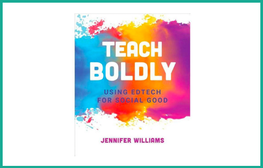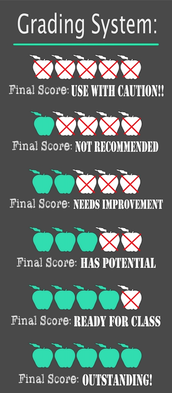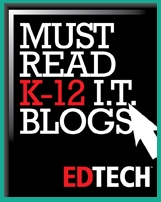
The book begins with an overview of social good in education and lays out Williams’ perspective on the role educators play in teaching social good. She also discusses the types of collective action that can be taken towards achieving social change, and discusses several recent examples. Williams also integrates the concepts of design thinking and human-centered design throughout this chapter as helpful frameworks for building lessons, activities, curricula, etc. that can be implemented in support of social change. In short, this chapter lays the groundwork in terms of pedagogical approaches and philosophical frameworks for the ideas discussed throughout the remainder of the book.
From there, Williams discusses a topic that I wish was more often covered in K-12 education: time. As everyone in K-12 education knows, time is always in short supply. Asking teachers to integrate new ideas, shift pedagogical approaches, or support reform initiatives always comes at the sake of something else. Williams does an excellent job discussing ideas for distributing time, and shares tips for how to integrate the ideas discussed in this book with a deep understanding of the time limitations that educators are faced with.
The entire book is also chock-full of lesson ideas, integration strategies, tips, real-world examples, and printables like graphic organizers and worksheets. These resources and ideas are incredibly beneficial, and ready for implementation. And of course, being an ISTE book, there are tons of wonderful EdTech resources and suggestions as well. That being said, I appreciate that Williams also included unplugged activities and options for teachers to use without necessarily needing technology access.
One of my favorite parts of the book is the numerous calls for action. This isn’t a book that slowly builds up to a single call to action in the conclusion. Rather, each chapter has multiple options for taking action that teachers and students can implement in their classroom. Plus, chapters also include a “Bold Invitation” section with ideas for taking the work from the chapter even further.
Overall, Teach Boldly is a superb resource for educators who are looking to incorporate lessons for social good into their classroom and design learning experiences that help students see the impact they can have not only in their classroom or school, but on a global scale. The enormous collection of resources, real-world examples, tips, and strategies provide a wealth of ideas that teachers can draw on. Plus, Williams has done a wonderful job writing about social good in an approachable and accessible way, with plenty of entry points and onramps for teachers who have never done this type of work before.
It’s an excellent book with a wonderful collection of resources, and I highly recommend it for any educator looking to integrate ideas of social good and social change into their classroom.














 RSS Feed
RSS Feed
